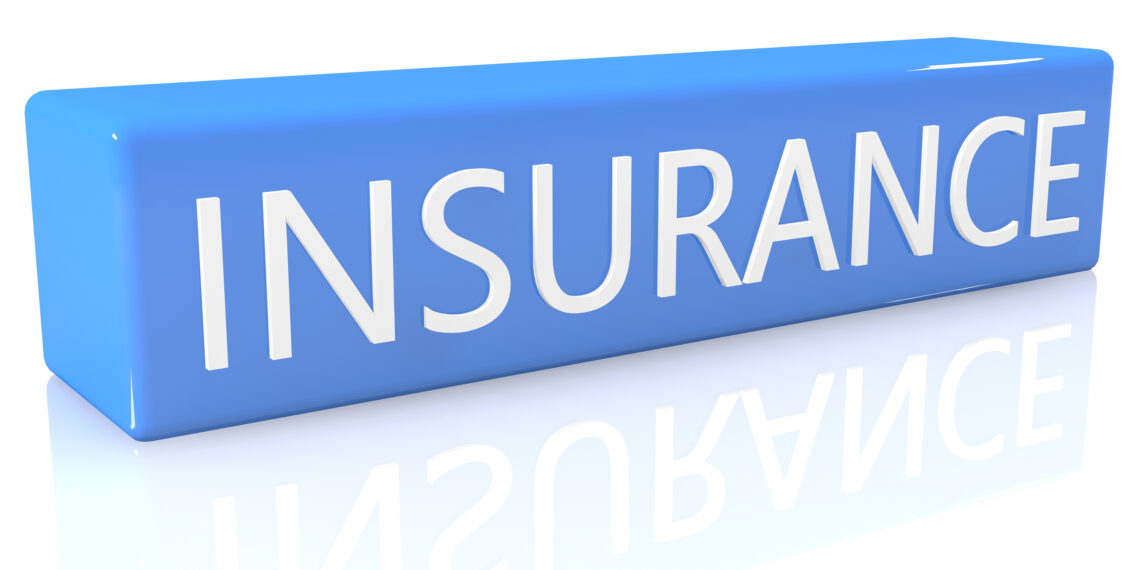Understanding Insurance Premiums: What Determines the Cost?
Insurance premiums can seem complex, but they’re essentially the price you pay for protection. Understanding the factors that influence these costs can empower you to make informed decisions and potentially lower your expenses.
1. Risk Assessment
Insurers assess risk to determine premiums. Higher perceived risk translates to higher premiums. This assessment involves analyzing various factors specific to the type of insurance. For example, with auto insurance, factors like driving history, vehicle type, and annual mileage are considered. For health insurance, age, medical history, and lifestyle choices play a significant role. Ultimately, the goal is to estimate the likelihood of a claim being filed.
2. Coverage Limits and Deductibles
The level of coverage you choose directly impacts your premium. Higher coverage limits, which offer greater financial protection in the event of a claim, typically result in higher premiums. Conversely, your deductible, the amount you pay out-of-pocket before insurance kicks in, also affects the cost. A higher deductible usually translates to a lower premium because you’re taking on more of the initial financial burden.
3. Location
Where you live can significantly influence your insurance rates. For auto insurance, urban areas with higher traffic density and accident rates often have higher premiums compared to rural areas. Home insurance rates can be affected by factors like the risk of natural disasters (e.g., floods, hurricanes) or crime rates in the area. The insurer considers the potential for claims based on geographic risk factors.
4. Individual Characteristics
Insurers also consider individual characteristics. For health insurance, age and pre-existing medical conditions are major determinants. Younger individuals generally pay less, while those with pre-existing conditions may face higher premiums or limited coverage options. For life insurance, factors like age, health, and lifestyle (e.g., smoking) are assessed. These characteristics help insurers gauge the likelihood and potential cost of future claims.
Deciphering Deductibles: How They Impact Your Financial Responsibility
Understanding deductibles is crucial for managing your insurance costs and financial obligations in case of a claim. It’s the amount you pay out-of-pocket before your insurance coverage kicks in.
1. What is a Deductible?
A deductible is the specific amount you must pay for covered healthcare services before your insurance plan starts to pay. Think of it as your contribution towards your healthcare costs. For example, if your deductible is $1,000, you need to pay $1,000 worth of medical expenses before your insurance company begins covering the costs. Higher deductibles generally mean lower monthly premiums, while lower deductibles typically result in higher monthly premiums.
2. How Deductibles Work
When you file a claim, the insurance company first checks if you’ve met your deductible. If you haven’t, you’ll need to pay the difference before the insurance covers the remaining expenses. Once your deductible is met within the policy period (usually a year), the insurance company starts paying its share, according to the terms of your policy, such as co-insurance or co-pays. Knowing how deductibles function helps you plan your budget and anticipate potential out-of-pocket expenses.
3. Choosing the Right Deductible
Selecting the right deductible involves balancing your risk tolerance with your budget. A higher deductible means lower monthly premiums, which can be beneficial if you rarely use your insurance. However, you’ll need to be prepared to pay a larger sum out-of-pocket if you do need to file a claim. Conversely, a lower deductible results in higher premiums but reduces your out-of-pocket expenses when you need to use your insurance. Consider your health needs and financial situation to make an informed decision.
Exploring Coverage Types: Health, Life, Auto, and Home Insurance Explained
Insurance provides financial protection against various risks. Understanding the different types of insurance and what they cover is crucial for making informed decisions and ensuring adequate security.
1. Health Insurance
Health insurance helps cover medical expenses, including doctor visits, hospital stays, prescription drugs, and preventive care. Plans vary in terms of premiums, deductibles, and covered services. Some policies offer broader coverage, while others focus on specific areas.
2. Life Insurance
Life insurance provides a financial safety net for your beneficiaries in the event of your death. There are two main types: term life insurance, which covers a specific period, and permanent life insurance, which provides lifelong coverage and often includes a cash value component. The death benefit can help cover funeral expenses, pay off debts, replace lost income, and provide financial security for your loved ones. Factors like age, health, and the amount of coverage needed influence the cost of life insurance.
3. Auto Insurance
Auto insurance protects you financially if you’re involved in a car accident. Most states require drivers to carry a minimum level of auto insurance, which typically includes liability coverage for bodily injury and property damage. Additional coverage options include collision insurance, which covers damage to your vehicle regardless of fault, and comprehensive insurance, which covers damage from events like theft, vandalism, or natural disasters. The cost of auto insurance depends on factors like your driving record, the type of vehicle you drive, and your location.
4. Home Insurance
Home insurance protects your home and belongings against various risks, such as fire, theft, vandalism, and natural disasters. It typically covers the cost of repairing or replacing your home and personal property, as well as providing liability coverage if someone is injured on your property. The amount of coverage you need depends on the value of your home and belongings. Factors like your home’s location, construction materials, and security features can influence the cost of home insurance.
The Interplay Between Premiums and Deductibles in Insurance Policies
Understanding the relationship between premiums and deductibles is crucial for choosing the right insurance coverage. Balancing these two factors allows policyholders to manage their risk and insurance costs effectively.
1. Defining Premiums and Deductibles
A premium is the amount a policyholder pays regularly (monthly, quarterly, or annually) to maintain an active insurance policy. The deductible, on the other hand, is the amount the insured must pay out-of-pocket before the insurance company starts covering the remaining costs of a claim.
2. The Inverse Relationship
Generally, there is an inverse relationship between premiums and deductibles. A higher deductible typically results in a lower premium because the policyholder is assuming more of the initial risk. Conversely, a lower deductible usually leads to a higher premium, as the insurance company is taking on more of the initial financial burden.
3. Choosing the Right Balance
Selecting the right balance depends on individual circumstances and risk tolerance. Individuals who prefer predictable, lower monthly costs may opt for a higher premium and lower deductible. Those comfortable with potentially higher out-of-pocket expenses in the event of a claim might choose a lower premium and higher deductible. Consider your financial situation and potential risks when making this decision.
Common Misconceptions About Insurance and How to Avoid Them
Many people misunderstand insurance, leading to inadequate coverage or unnecessary expenses. Understanding common misconceptions is crucial for making informed decisions and securing appropriate protection.
1. “I Don’t Need Insurance, I’m Healthy/Careful.”
This is a dangerous assumption. Accidents and illnesses can happen to anyone, regardless of their health or lifestyle. Insurance isn’t just for “sick” or “accident-prone” individuals; it’s a safety net for unexpected events. Even with meticulous care, unforeseen circumstances can arise, leading to significant financial burdens without insurance.
2. “All Insurance Policies Are the Same.”
Insurance policies vary greatly in coverage, terms, and exclusions. A policy that works for one person may not be suitable for another. Carefully compare different policies to find the one that best meets your specific needs and risk profile. Pay attention to details like deductibles, coverage limits, and exclusions to avoid surprises later.
3. “Insurance Is Too Expensive.”
While insurance premiums can seem costly, consider the potential financial consequences of not having coverage. A single major medical event or accident could result in crippling debt. Shop around for quotes from multiple insurers and explore options for adjusting coverage levels and deductibles to find a policy that fits your budget.
4. “My Insurance Covers Everything.”
Most insurance policies have exclusions and limitations. It’s essential to thoroughly read and understand the policy document to know what is and isn’t covered. Don’t assume that everything is automatically included. If you have any questions, contact your insurance provider for clarification. Ignoring the fine print can lead to disappointment and uncovered expenses.






